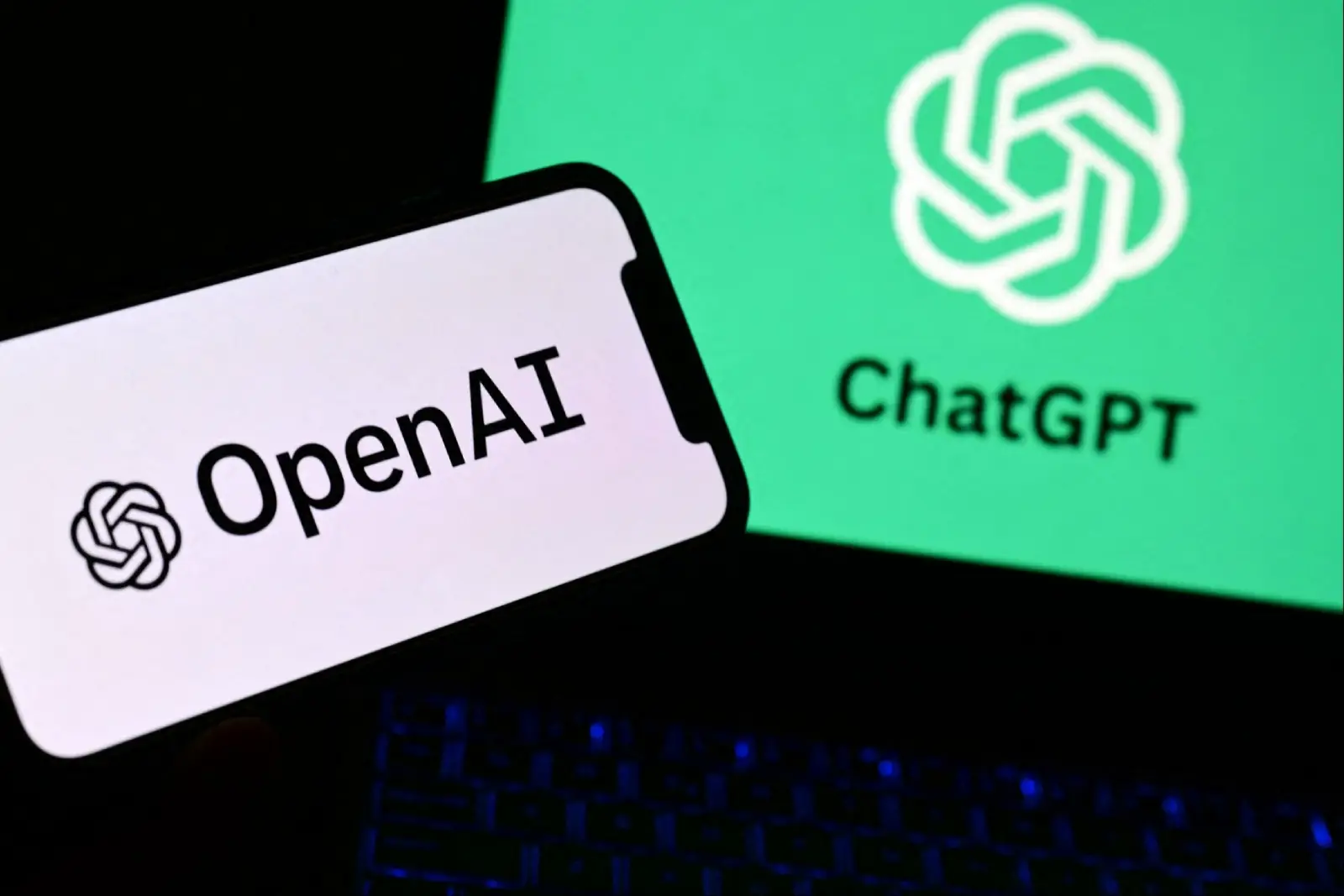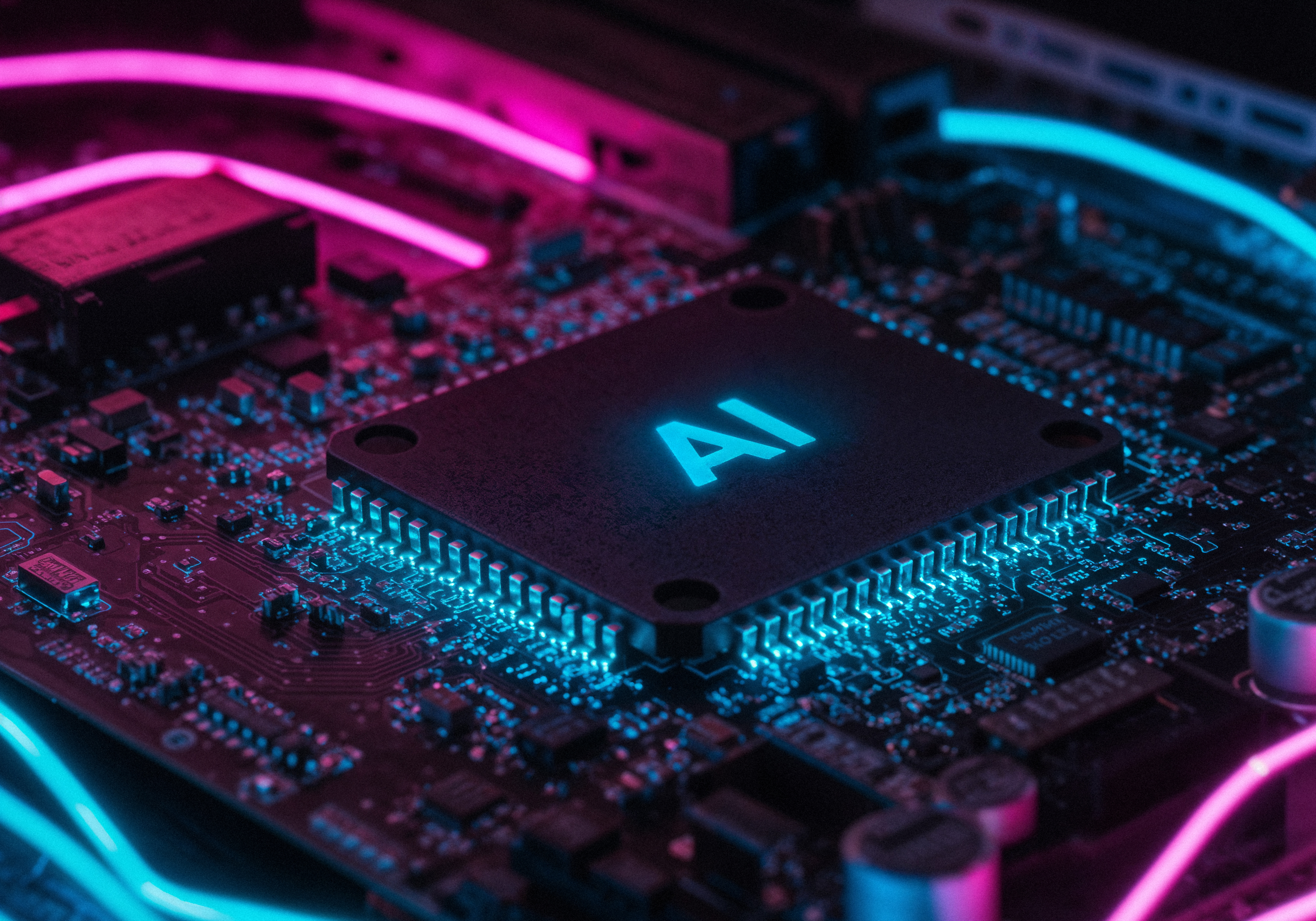OpenAI recently unveiled GPT-5, a significant upgrade praised for its advances in accuracy, reasoning, writing, coding and multimodal capabilities. The model has also been designed to reduce hallucinations and excessive agreeableness.
Chief executive Sam Altman has admitted that OpenAI has even more powerful systems that cannot be released due to limited capacity.
Altman explained that the company must make difficult choices, as existing infrastructure cannot yet support the more advanced models. To address the issue, OpenAI plans to invest in new data centres, with spending potentially reaching trillions of dollars.
The shortage of computing power has already affected operations, including a cutback in image generation earlier in the year, following the viral Studio Ghibli-style trend.
Despite criticism of GPT-5 for offering shorter responses and lacking emotional depth, ChatGPT has grown significantly.
Altman said the platform is now the fifth most visited website worldwide and is on track to overtake Instagram and Facebook. However, he acknowledged that competing with Google will be far harder.
OpenAI intends to expand beyond ChatGPT with new standalone applications, potentially including an AI-driven social media service.
The company also backs Merge Labs, a brain-computer interface rival to Elon Musk’s Neuralink. It has partnered with former Apple designer Jony Ive to create a new AI device.
Would you like to learn more about AI, tech and digital diplomacy? If so, ask our Diplo chatbot!










